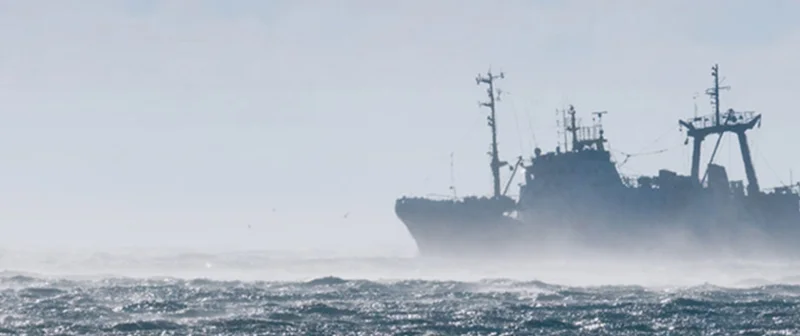YouTube: A storytelling tool.
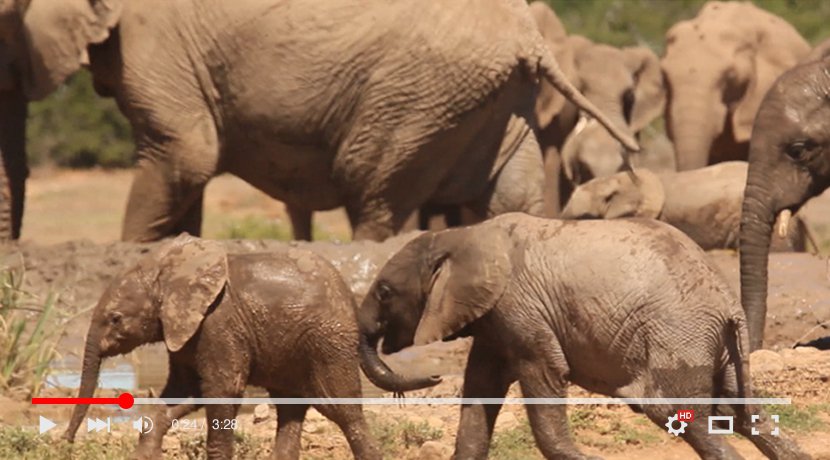
Find out how to cultivate and maintain a YouTube audience.

Using YouTube to source content.
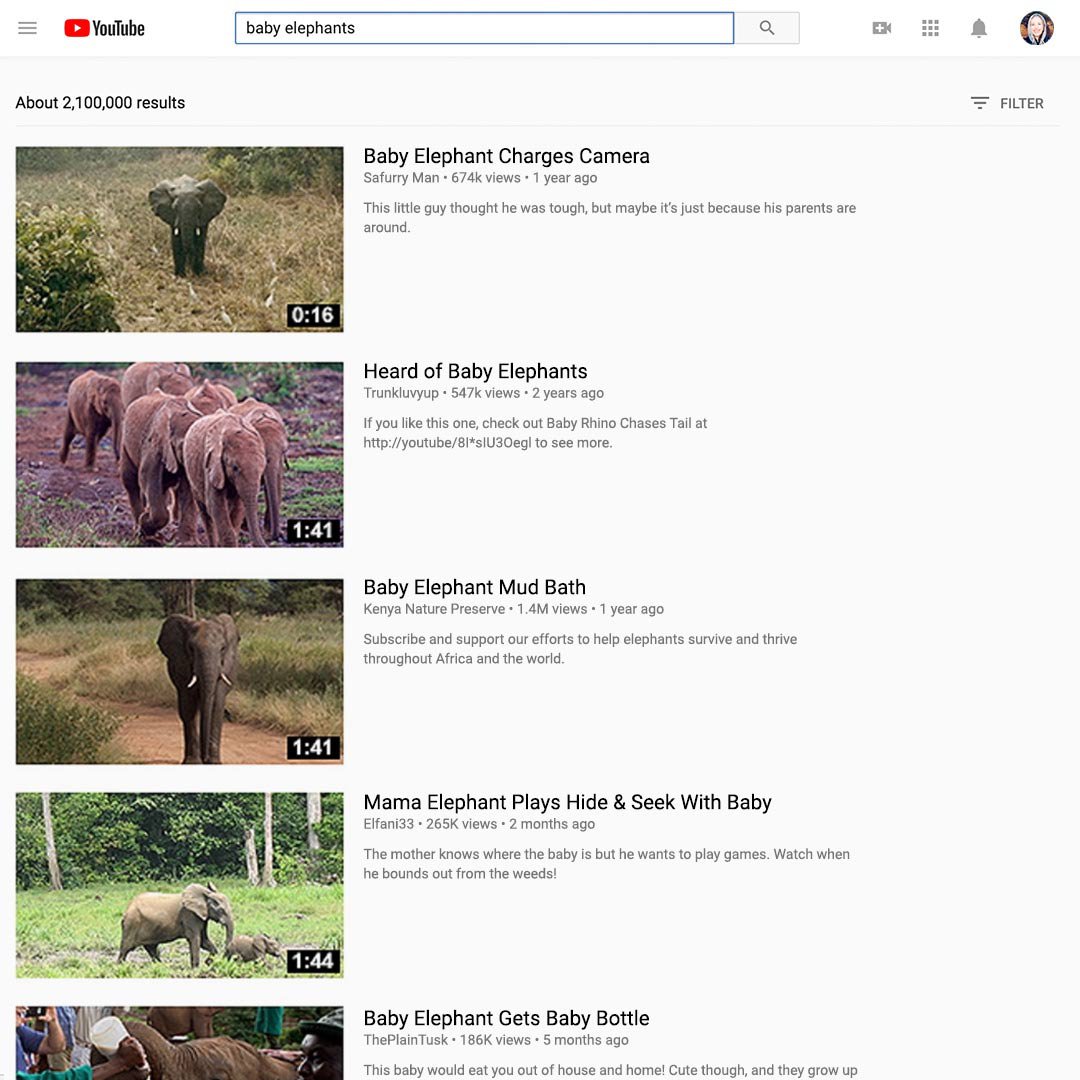
YouTube can be a powerful source for discovering content that’s relevant to stories you’re reporting. Let’s say you’re writing about endangered species breeding programs and you’re looking for footage of a baby rhinoceros. After searching on YouTube, you’ll see a results page with relevant videos, playlists and channels.

Filter and sort to find your ideal footage.
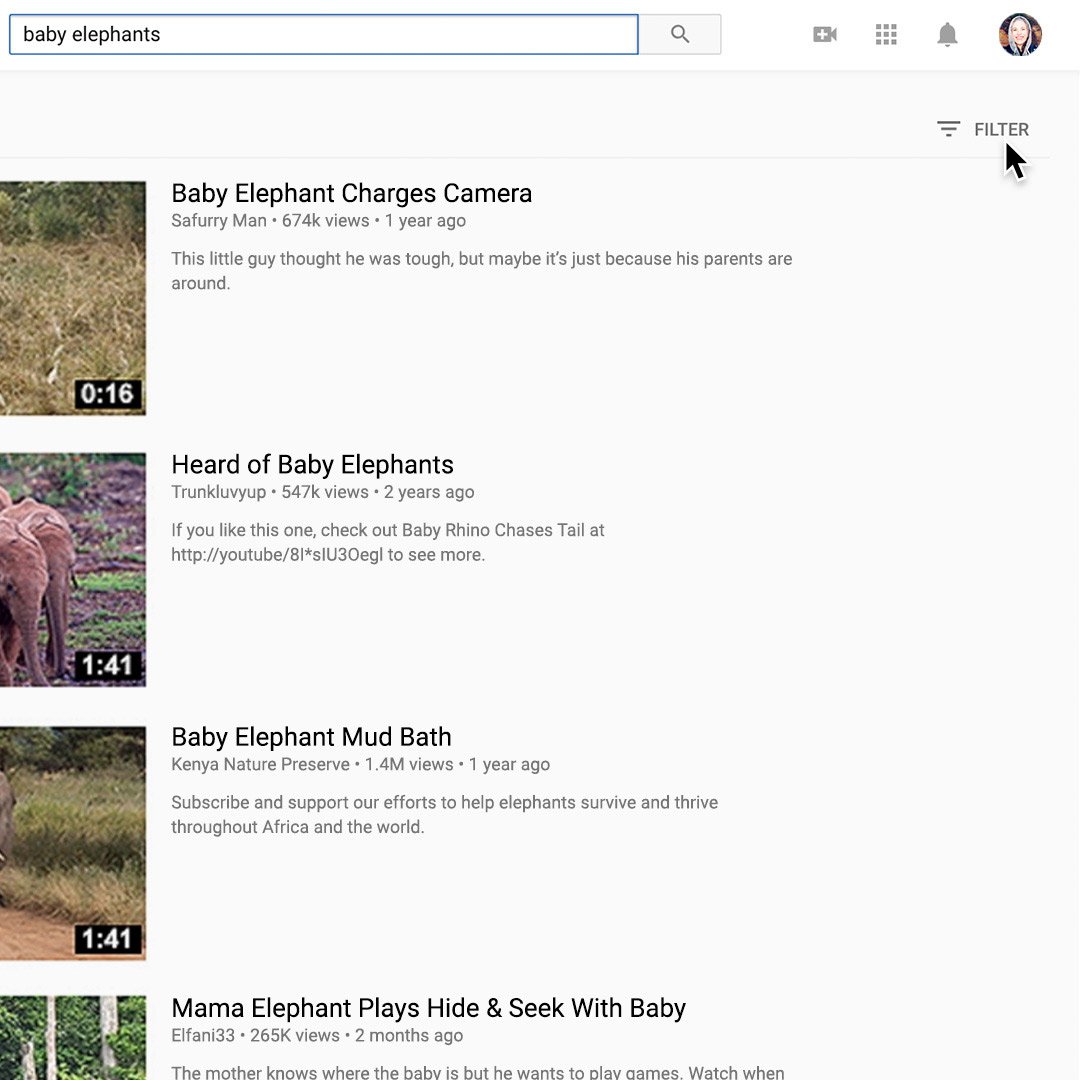
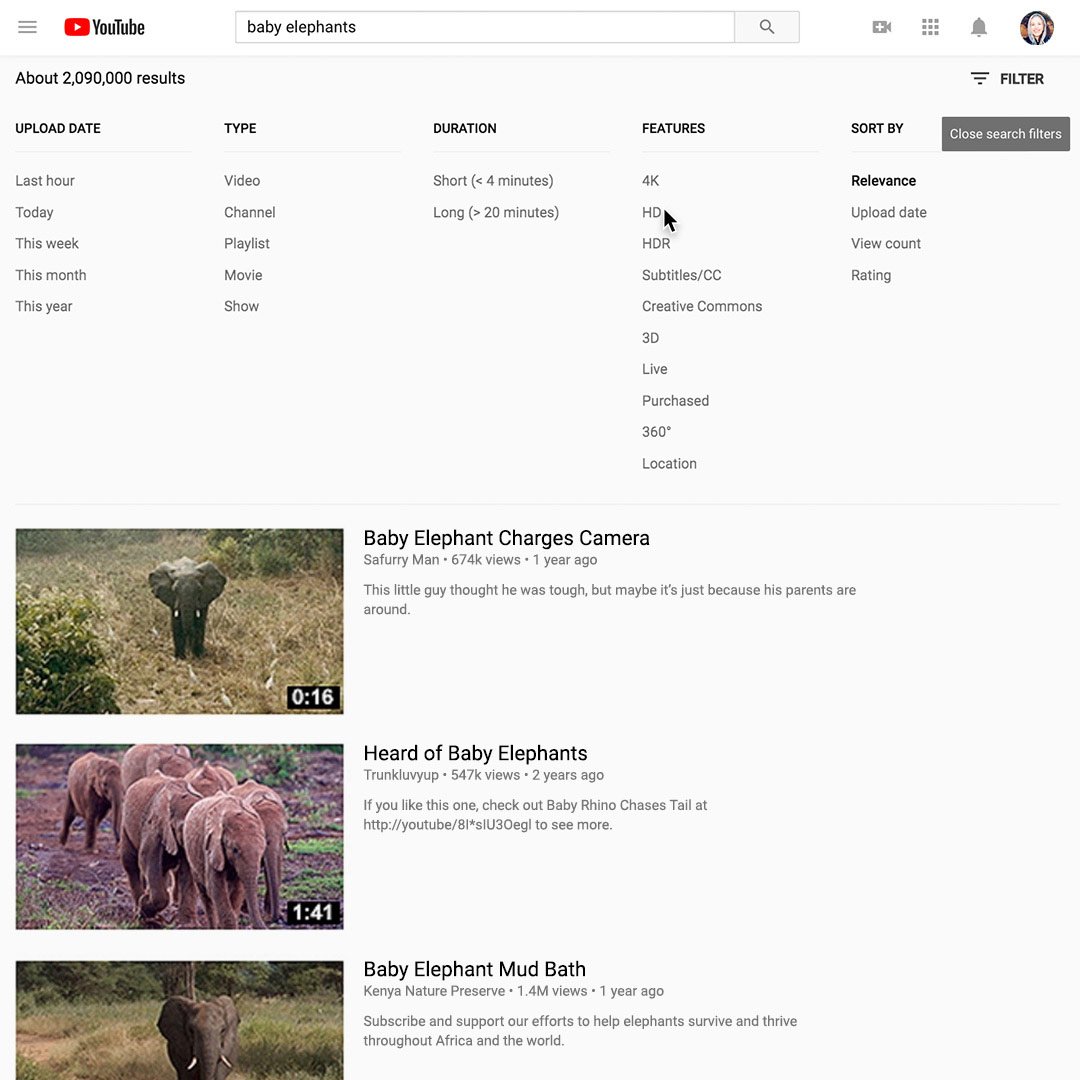
You can use advanced filtering and sorting techniques to quickly find what you’re looking for.
You can further refine your search by filtering for upload date, video length, HD content and more. Finally, you can sort by relevance, view count, rating and recency.


Crediting the content owner.
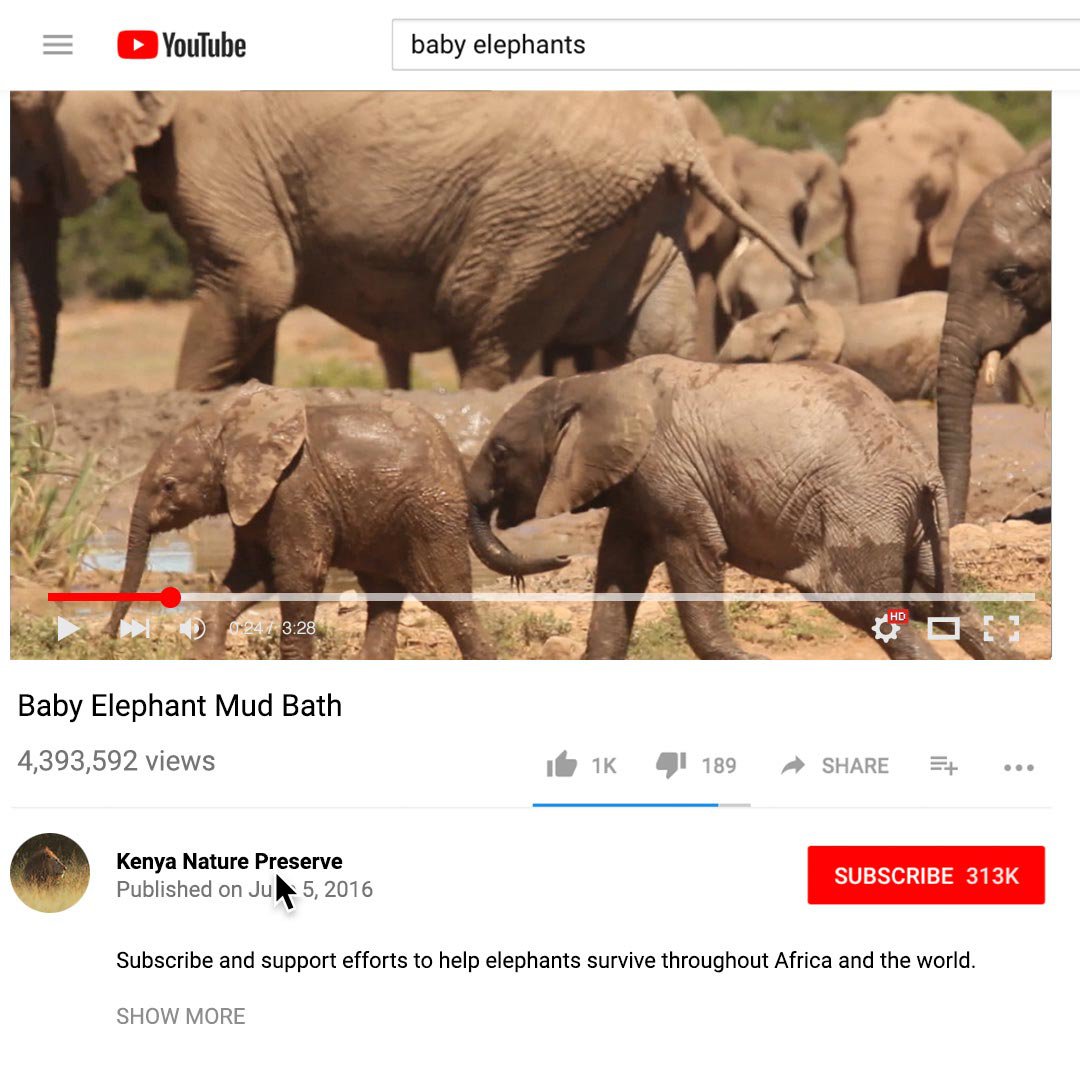

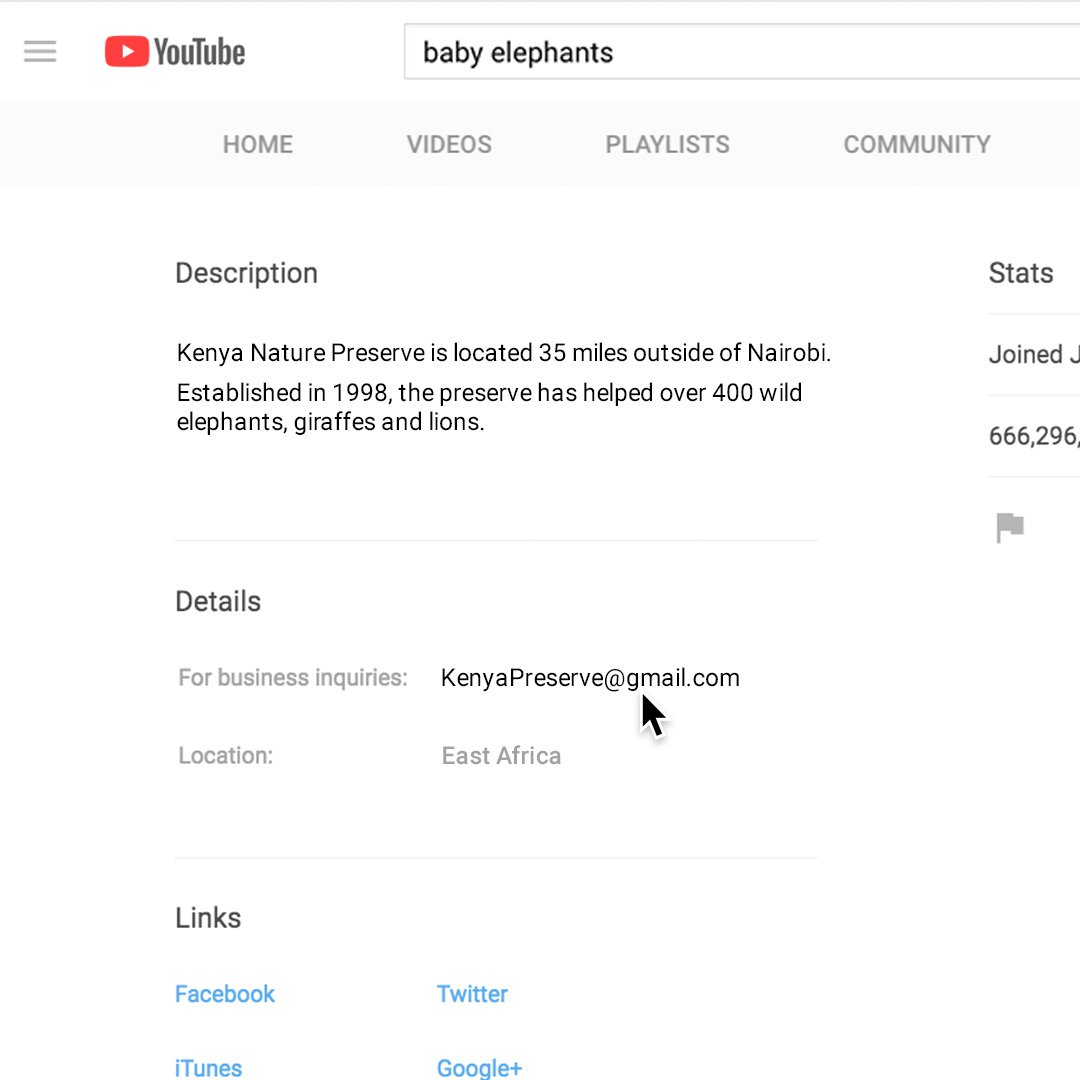
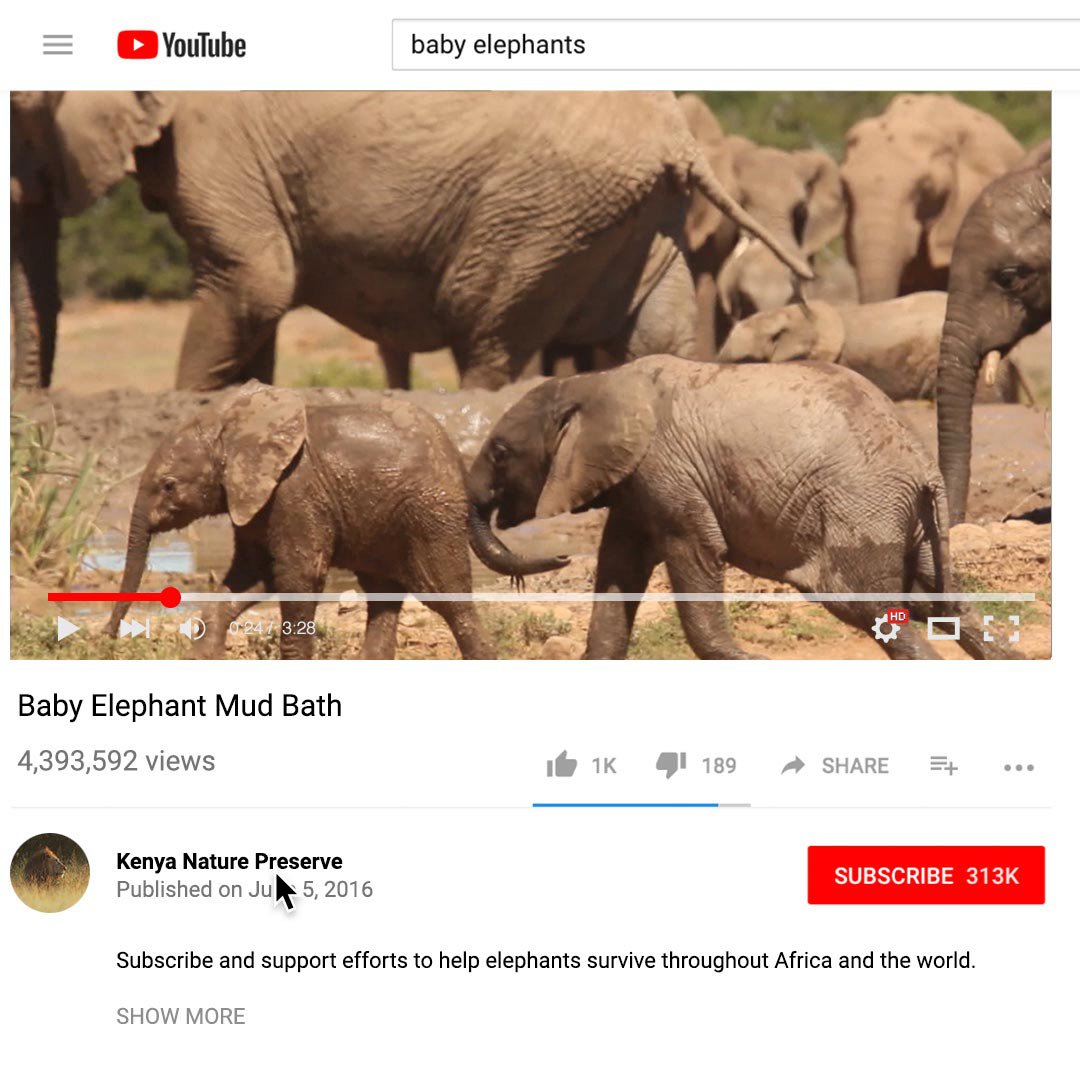
Now that you’ve found the footage you want, find out if it’s available for use. Though YouTube has a license to distribute the video, it's the YouTube user who owns the content. We encourage you to reach out to users directly and to provide attribution by displaying the username or the real name of the individual, if you've obtained it.
To contact a YouTube user, click on their username to go to their channel, where you can see what personal information he or she has shared (name, website, location, etc.).
From there, you can also find out if they’ve shared their contact email. Once you have permission to use their footage, be sure to credit the source onscreen, in your video’s description and by linking to their channel.
If you’re broadcasting your YouTube video on television, please include on-screen and verbal attribution.




-
-
Introduction to AI for Journalists
LessonLearn about Google's approach to AI and how our products can support newsrooms. -
Global Fishing Watch: Monitor fishing fleets and vessels
LessonA guide to using Global Fishing Watch’s mapping tool to track global fishing activity.








